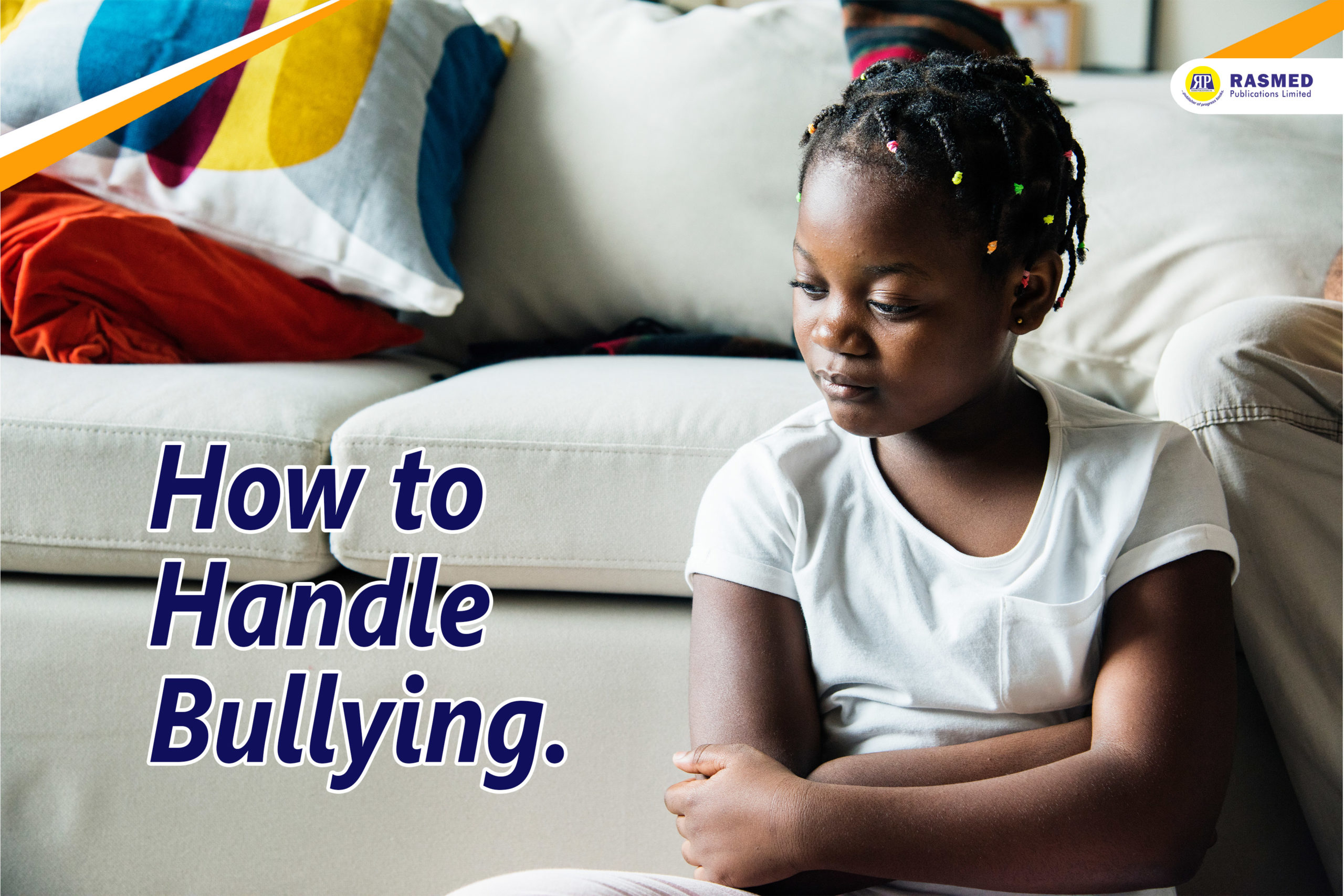
Bullying can occur anywhere, including at school, which is why it is important to pay attention to and address it. Handling bullying situations can be a rather tricky endeavour. This is why we have compiled a list of tried and tested approaches to take.
How to Handle School Bullying
*Talk About Bullying*- Often time, children do not know that what they are doing is bullying. A child who witnesses bullying at home may think it is the norm. Classroom bullying should be discussed often and with emphasis. Use relatable contexts to explain bullying to children. Tell them how bullying can affect the victims, this should appeal to their emotional intelligence. Also, tell them what the penalty is for being caught as a bully.
*Pay Attention*– Knowing and paying attention to the signs of bullying can be helpful for prevention. You may want to note subtle changes like withdrawal, sleeping, touchiness and every strange or new attitude. An indicator of bullying may be a sudden change in attitude.
*Maintain an Open Communication Stream*- Teachers must get to know their pupils as individuals. Build relationships with them that go beyond the regular classroom schedule. Ask them questions, listen to them and act on your interaction if need be. Your students need to know that you have their best interest in mind and that they are safe with you. Also, bullying victims may not come forward to report such but other students who happen to be bystanders may be willing to talk. Take advantage of this to get the information you need.
*Address Bullying Immediately*- Once you get word of a bullying situation, it is important to do your due diligence and get the facts. Waste no time though in addressing it sternly. Victims hardly speak up so ensure discretion and anonymity. Try not to belittle the situation or excuse it as children being children. Punish bullies as required so they can serve as deterrents to potential bullies.
Handling School Bullying
*Speak to Both Parties*- Victims need to know that you are safe to talk to and are genuinely concerned for them. Also, encourage them to speak up as you are available to help them resolve the issue. Speak to the bully also and ensure that they take responsibility for their actions. Punish bullies as dictated by the school’s intervention codes of conduct. Have these conversations separately to avoid more causes for bullying. As the victim may feel intimidated and the bully may get triggered. You may also want to suggest counselling for either or both parties if the need arises.
*Encourage Peer Support*- Since you may not be present at all times of bullying incidences encourage other students to not be bystanders. Students asking bullies to stop has been said to have more impact than teachers telling them to stop. Encourage students to stand up for themselves against bullies. This way everyone becomes an anti-bullying activist thereby reducing bullying occurrences.
*Be a Model*- Children practice what they see. If you are a bully it is only normal for your students themselves to be bullies. Learn class management techniques and emotional intelligence so that you can handle your classroom properly.
Bullying has potential long term negative influences on victims. It affects your student’s ability to learn and interact. Your ability to effectively handle bullying in your class is indicative of your teaching competence. Every school should have interventions put in place to manage bullying situations. Bullying should be an open and ongoing discussion within the classroom and on the assembly.
